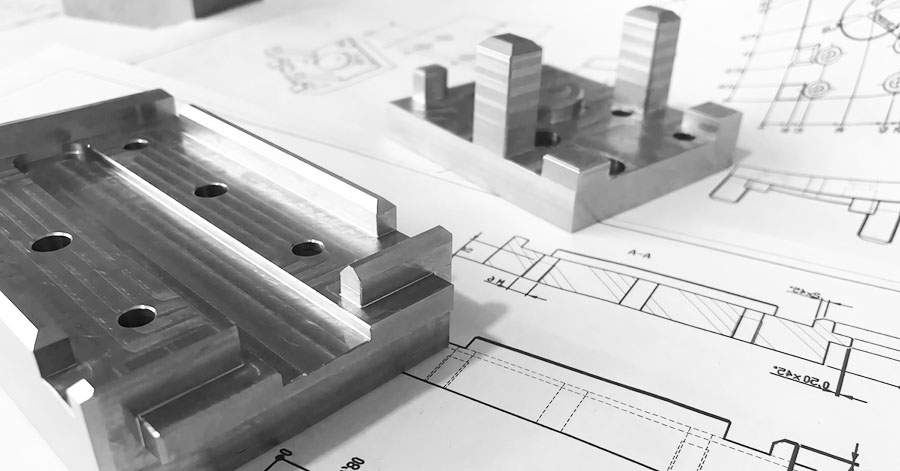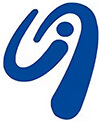In CNC machining, precision and repeatability are non-negotiable. To consistently produce high-quality parts, not only do the machine and cutting tools matter, but the method of workholding plays a crucial role. This is where fixture plates, tooling plates, and modular fixtures come into the picture.
These tooling components form the foundation of secure and repeatable setups, allowing parts to be accurately located and efficiently machined. Whether you’re producing one-off prototypes or high-volume production runs, the right workholding system can reduce setup times, improve consistency, and maximize productivity.
This article explains what each of these components does, how they differ, and how they contribute to modern precision manufacturing.
What Is a Fixture Plate?
A fixture plate, sometimes called a tooling plate, is a flat, precision-machined base plate mounted to the CNC machine’s table. It contains a grid of accurately spaced holes or slots, which serve as a reference system for mounting parts, vises, clamps, or custom fixtures.
Fixture plates are made from stable materials like hardened steel or aluminum and are ground flat to tight tolerances. Their purpose is to provide a repeatable locating surface that ensures consistent positioning of workpieces or workholding devices.
Tooling Plates: A Subset With Specific Use
Tooling plates are often used interchangeably with fixture plates, but in some contexts, they refer to plates that are dedicated to a particular job or part family. While fixture plates are generic and reusable, tooling plates may be custom-drilled or machined to hold specific parts using dedicated features like locating pins, pockets, or tapped holes.
Tooling plates may sit atop a fixture plate, or be mounted directly to the machine table, serving as an intermediary between the workpiece and the machine—simplifying changeovers and reducing alignment errors.
Modular Fixtures: Flexibility and Scalability
Modular fixtures consist of interchangeable components that can be assembled in different configurations to accommodate a wide variety of parts. They are particularly valuable in low- to mid-volume production, prototyping, and R&D settings where workpiece variety is high.
Modular systems allow operators to build custom workholding solutions without the time or cost of fabricating dedicated fixtures for every new part. Once a configuration proves effective, it can be documented and repeated quickly for future jobs.
Comparing Their Roles
While fixture plates, tooling plates, and modular fixtures are often used together, they serve distinct purposes:
Fixture Plates: Provide the master locating surface for the machine; built for precision and repeatability across multiple jobs.
Tooling Plates: Job-specific or intermediate plates that simplify the mounting of complex or irregular parts.
Modular Fixtures: Highly adaptable systems used for flexible fixturing; ideal for prototyping or varying part geometries.
Together, these elements form the backbone of efficient CNC setups—reducing non-cutting time and improving first-part-right success rates.

Benefits in Modern Machining Environments
Exceptional Repeatability and Locating Accuracy
Precision-machined fixture and tooling plates allow for exact repositioning of vises, fixtures, or even parts themselves. With hardened locating bushings and dowel pins, users can remove and reinstall fixtures without losing alignment—critical for parts that return for secondary operations or finishing.
Significant Setup Time Reduction
In high-mix manufacturing or prototype environments, the ability to reconfigure setups in minutes instead of hours is a major productivity boost. Operators can pre-stage tooling plates offline, then quickly mount them to the fixture plate using standardized hole grids and alignment features.
Improved Machining Accuracy and Surface Quality
The flatness of fixture plates (often ground to within microns) ensures that parts are aligned properly to the machine’s axes. This reduces the chance of angular deviation or surface inconsistencies, which is especially important for tight-tolerance parts such as sealing faces, mating components, and critical bores.
Flexible Scalability for Various Workpiece Sizes
With modular fixturing elements and grid-based tooling plates, shops can handle a wide variety of part geometries and sizes—from small components to large castings. The modular nature allows parts to be fixtured at multiple positions or with risers to provide clearance for tools or inspection probes.
Cross-Platform Compatibility and Standardization
Many fixture plate systems follow common standards (such as 50mm or 2-inch hole spacing), making them compatible with third-party clamps, vises, and automation pallets. This interoperability helps shops integrate plates across multiple machines, reducing tooling inventory and simplifying training.
Reduced Human Error and Improved Safety
Well-designed fixture setups with defined locating features minimize the chance of incorrect part placement or misclamping. This reduces scrap, increases first-pass yield, and helps ensure safe operation—especially in automated or lights-out machining environments.
Practical Applications of Fixture Plates, Tooling Plates, and Modular Fixtures
High-Mix, Low-Volume Production
In job shops or contract manufacturing where part variety is high, modular fixtures and universal tooling plates allow rapid reconfiguration for each new job. Instead of building dedicated fixtures for every SKU, shops can adapt a modular platform to suit dozens of parts with minimal changeover time.
Precision Prototyping and R&D Work
During product development, dimensions, features, or geometries may change with each iteration. Modular fixturing enables teams to quickly adapt to design changes without scrapping dedicated tooling. Combined with fixture plates, prototypes can be mounted with high positional repeatability for multi-step processes.
Multi-Part Workholding for Cycle Time Optimization
Fixture plates with large working areas can accommodate multiple identical parts in a single setup, allowing machines to operate longer between part changes. This increases spindle uptime and lowers the cost per part—especially useful in small- to mid-batch production runs.
Automated or Palletized Manufacturing Systems
In high-throughput environments, fixture plates serve as standardized interfaces for robotic loading or pallet changers. Each plate can carry a different part setup, yet align identically with the CNC machine’s reference point—enabling seamless lights-out or unattended machining.
Secondary Machining or Inspection Setups
For parts requiring additional operations (e.g. deburring, engraving, or inspection), tooling plates allow precise repositioning across multiple machines or stations. Operators can trust that every part returns to the same position, simplifying workflows and maintaining dimensional consistency.
Complex Fixturing of Irregular or Delicate Parts
Parts with non-standard shapes or sensitive surfaces benefit from customized modular fixturing. By combining low-profile clamps, adjustable supports, and soft-touch surfaces on a tooling plate, manufacturers can securely fixture difficult parts without distortion or marring.
Education, Training, and Fixture Prototyping
In technical training environments or when developing new fixture concepts, modular systems provide an ideal learning platform. Students or engineers can experiment with different setups without the time or expense of producing permanent fixtures.
Conclusion
In CNC machining, even the most precise toolpath is only as good as the workholding system beneath it. Fixture plates, tooling plates, and modular fixtures provide the necessary infrastructure to ensure every part starts from a known, repeatable location. As manufacturers continue to strive for faster turnarounds, tighter tolerances, and more flexible workflows, these foundational systems are not optional—they’re essential.
Investing in a high-quality fixturing platform pays dividends in setup time, part accuracy, and long-term production efficiency. Whether you’re a high-mix job shop or a production manufacturer, mastering your workholding is the first step toward mastering precision.



